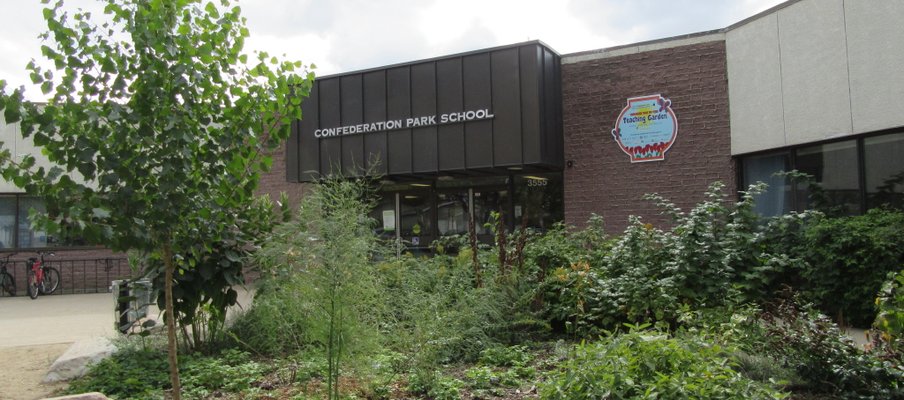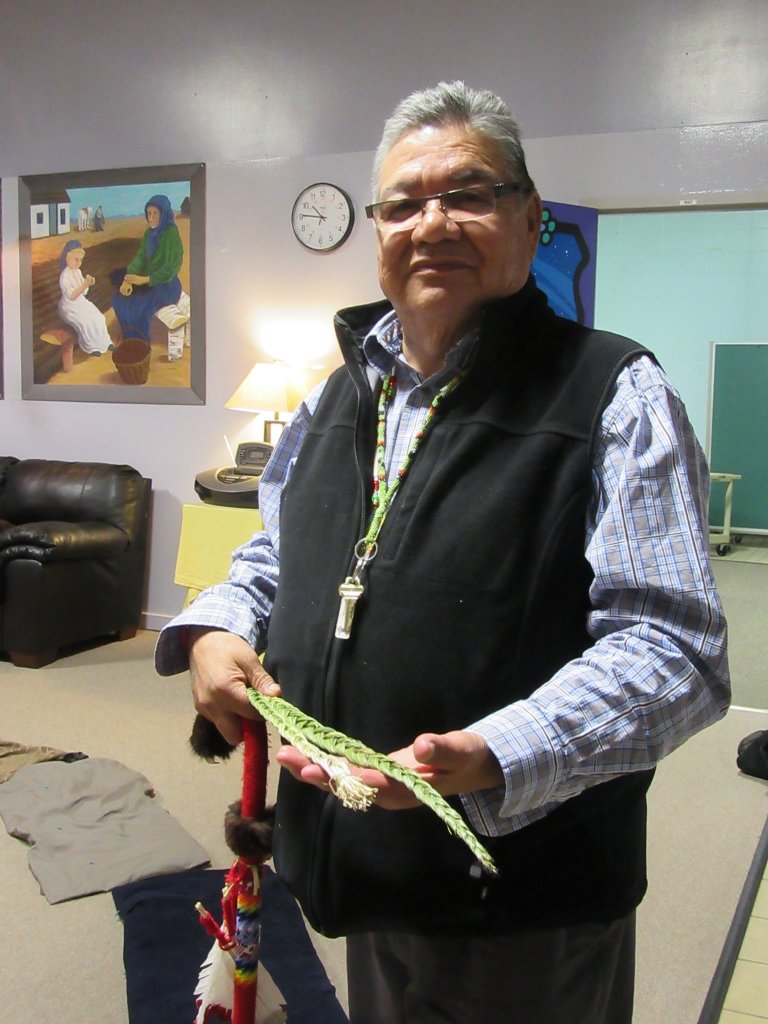Food Creates Cultural Connection

Related Programs
Mealtime not only brings people together, but is also an excellent entry point for learning about our own and other cultures.
“It naturally raises our curiosity and interest,” says Rhonda Rosenberg, executive director, Multicultural Council of Saskatchewan (MCoS), however “it is very important that tasting food not be the only contact with a culture, but that we have opportunities to learn about the context for that food: Where are the ingredients grown? Who cooks it? When is it eaten? What are the customs and beliefs about it? What is the cultural significance?”
Confederation Park Community School received a Multicultural Education Initiative Grant to host a feast designed to help students share and learn about their cultures -- in this case, specifically Cree culture.
Melinda Brown, community school coordinator at Confederation Park Community School, sees the importance in hosting the feasts for the school’s families and their cultural identities. “It’s a place of belonging and welcoming, a place where they know it’s okay to just be who they are,” says Brown. “Every time I go through this process I learn something new.”
"The Feast creates conditions for learning about cultural expressions and the deeper values and beliefs they represent. Feasts are among the most important and sacred of Cree traditions."
Maria Linklater, an Elder, comes ahead of the Feast and will have a meeting with the women. “She’ll talk about all of the protocols around the cooking and what to wear, I find it a rich and very rewarding experience,” says Brown.
Rosenberg adds, “It creates conditions for learning about cultural expressions and the deeper values and beliefs they represent. Feasts are among the most important and sacred of Cree traditions.”
Pete Chief, vice principal, Confederation Park School, “When I see our division or even our school having these ceremonies it does bring a sense of pride and also a sense of hope for our students. Because of the history with a lot of our parents and school, this is one way that we can engage our parents, for a lot of them it’s the beginning of having them come into our building. If we have an event like this, a celebration, that’s another step in having them be a part of their child’s learning.”
The Feast isn’t just a one day event. Wally Awasis, cultural resource teacher, explains that “In the two weeks leading into the feast we have meetings in the Culture Room and in the classrooms. We talk to the kids about protocol.” He explains the roles of males and females in the preparation and serving of the Feast, the roles of the Elders, and the spiritual aspects of the Feast. “We eat to internalize our teachings, so that the kids will learn about ceremony, so that they will understand the sacredness of this ceremony.”

“What the kids learn is protocol, their culture, their songs, their dances, ceremony, language. It also brings together the superintendant, principal, vice principal, with parents, and with children who go to this school, and others who don’t even go to the school, they come because of the ceremony. It is a whole community event offering up the time to talk to the spirits to help us have a good year.”
The Multicultural Education Initiatives Grant is provided by Multicultural Council of Saskatchewan, supported by SaskCulture, thanks to funding by Saskatchewan Lotteries Trust Fund for Sport, Culture and Recreation.




